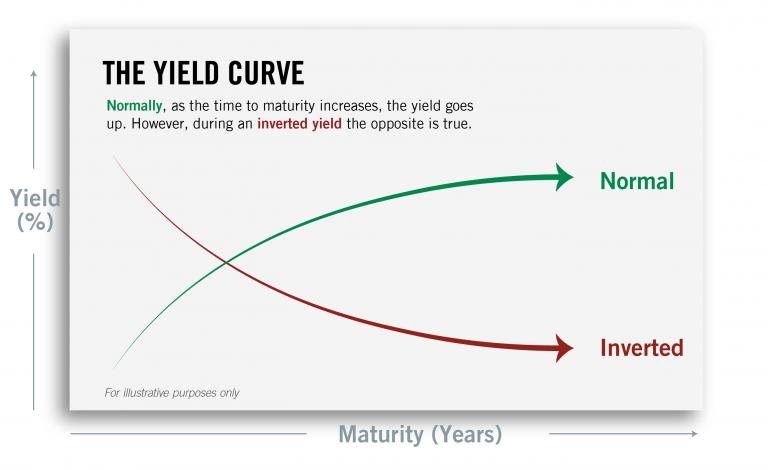-
Research
-
Latest Research
-
Latest VideosFSI Pro FSI Macro FSI Crypto
- Tom Lee, CFA AC
-
First WordFSI Pro FSI Macro
-
Intraday WordFSI Pro FSI Macro
-
Macro Minute VideoFSI Pro FSI Macro
-
OutlooksFSI Pro FSI Macro
- Mark L. Newton, CMT AC
-
Daily Technical StrategyFSI Pro FSI Macro
-
Live Technical Stock AnalysisFSI Pro FSI Macro
-
OutlooksFSI Pro FSI Macro
- L . Thomas Block
-
US PolicyFSI Pro FSI Macro
- Market Intelligence
-
Your Weekly RoadmapFSI Pro FSI Macro FSI Weekly
-
First to MarketFSI Pro FSI Macro
-
Signal From Noise
-
Earnings DailyFSI Pro FSI Macro FSI Weekly
-
Fed WatchFSI Pro FSI Macro
- Crypto Research
-
StrategyFSI Pro FSI Crypto
-
CommentsFSI Pro FSI Crypto
-
Funding FridaysFSI Pro FSI Crypto
-
Liquid VenturesFSI Pro FSI Crypto
-
Deep ResearchFSI Pro FSI Crypto
-
-
Webinars & More
- Webinars
-
Latest WebinarsFSI Pro FSI Macro FSI Crypto
-
Market OutlookFSI Pro FSI Macro FSI Crypto
-
Granny ShotsFSI Pro FSI Macro FSI Crypto
-
Technical StrategyFSI Pro FSI Macro FSI Crypto
-
CryptoFSI Pro FSI Macro FSI Crypto
-
Special GuestFSI Pro FSI Macro FSI Crypto
- Media Appearances
-
Latest Appearances
-
Tom Lee, CFA AC
-
Mark L. Newton, CMT AC
-
Sean Farrell AC
-
L . Thomas Block
-
⚡FlashInsights
-
Stock Lists
-
Latest Stock Lists
- Super and Sleeper Grannies
-
Stock ListFSI Pro FSI Macro
-
CommentaryFSI Pro FSI Macro
-
HistoricalFSI Pro FSI Macro
- SMID Granny Shots
-
Stock ListFSI Pro FSI Macro
-
PerformanceFSI Pro FSI Macro
-
CommentaryFSI Pro FSI Macro
-
HistoricalFSI Pro FSI Macro
- Upticks
-
IntroFSI Pro FSI Macro
-
Stock ListFSI Pro FSI Macro
-
PerformanceFSI Pro FSI Macro
-
CommentaryFSI Pro FSI Macro
-
FAQFSI Pro FSI Macro
- Sector Allocation
-
IntroFSI Pro FSI Macro
-
Current OutlookFSI Pro FSI Macro
-
Prior OutlooksFSI Pro FSI Macro
-
PerformanceFSI Pro FSI Macro
-
SectorFSI Pro FSI Macro
-
ToolsFSI Pro FSI Macro
-
FAQFSI Pro FSI Macro
-
-
Crypto Picks
-
Latest Crypto Picks
- Crypto Core Strategy
-
IntroFSI Pro FSI Crypto
-
StrategyFSI Pro FSI Crypto
-
PerformanceFSI Pro FSI Crypto
-
ReportsFSI Pro FSI Crypto
-
Historical ChangesFSI Pro FSI Crypto
-
ToolsFSI Pro FSI Crypto
- Crypto Liquid Ventures
-
IntroFSI Pro FSI Crypto
-
StrategyFSI Pro FSI Crypto
-
PerformanceFSI Pro FSI Crypto
-
ReportsFSI Pro FSI Crypto
-
-
Tools
-
FSI Community
-
FSI Snapshot
-
Market Insights
-
FSI Academy
-
Book Recommedations
- Community Activities
-
Intro
-
Community Questions
-
Community Contests
-
Woe is Small Caps. Can They Outperform Any Time Soon?
Major indexes recovered back to all-time highs in the first half of 2025. But small-caps are still lagging behind, raising questions about whether the stocks synonymous with the U.S. economy will revert back to the familiar narrative of underperforming large caps, or if they are poised to overcome what’s proving to be another challenging period.
The large-cap focused S&P 500 added 25% from the April 8 low till the end of June, slightly outperforming the small-stock concentrated Russell 2000’s 24% gain.
The picture is exaggerated when looking at their performance through the first six months of the year. The S&P 500 has gained 5.5%, compared to the Russell 2000’s 2.5% loss.
Small cap stocks are publicly traded companies with market capitalizations between $250 million and $2 billion. These companies are typically younger and growing quickly, and many investors view them as the large caps of tomorrow.
Since the late 1920s, small caps have outperformed large caps due to their higher growth potential, more opportunities for alpha generation, and cheaper valuations most of them command. But that’s if you can stomach the volatility that has become the hallmark of small caps in the short term.
They’re especially sensitive to economic cycles, interest rates, and liquidity constraints, which makes them more vulnerable during recessions or downturns.
Large caps have dominated due to the tech boom of recent years, leading to most of the smaller companies in the index trading at steep discounts to historical averages and, arguably, making them undervalued. If the market shifts away from tech and into cyclical and value sectors such as financials and industrials, then small caps could provide an upside for investors.
This pattern has played out historically: In the late 1990s, small caps underperformed, but when the dot-com bubble burst in 2000, they fell less sharply than large caps and went on to outperform for a few years. Similarly, in the 2008 financial crisis, although small caps dived along with the broader market during the crash, the 2009–2010 recovery disproportionately favored them.
That old playbook worked in 2020 when small caps led the rebound as the economy recovered but they lagged behind in 2021. The Federal Reserve kept interest rates low to revive the economy, which benefited larger, more stable companies. Even though there was no recession, small caps didn’t have the juice to keep up with their large peers. That disconnect was puzzling, leading to heightened investor skepticism.
Part of the reason small caps remain underappreciated is their lack of visibility. Large caps dominate headlines and attract more investor capital, while small caps receive less analyst coverage and institutional support. In times of crisis, liquidity and government support often flow to large firms, leaving small caps in the dust. Moreover, large caps enjoy stronger investor trust and easier access to credit, while small caps face greater uncertainty, even as they trade at lower valuations.
That makes the case for small-cap investing all the more strong. As the legendary investor Peter Lynch once said, “In the long run, a portfolio of well-chosen small companies will outperform a portfolio of big ones.” Lynch notably picked Gap in the mid-1980s when the clothing retailer had a mere market capitalization of $75 million. His investment became one of his most successful as it returned over 25,000% between the mid 1980s and late 1990s. At Gap’s peak, it was as much as 5% of total assets in his run as the portfolio manager of Fidelity’s Magellan Fund.
Coming soon: Why consider small caps?
Related Guides
-
 Series of 4~7 minutesLast updated3 months ago
Series of 4~7 minutesLast updated3 months agoWhy The Mysterious R-Star Should Be on Your Radar
Economists lose sleep over it. Central bankers get asked if we’re close to it. Most Americans don’t realize it, but their lives are quietly guided by it. The it here is the neutral rate of interest, also known as r-star or r*, which powers, penetrates, and binds all aspects of the economy.
-
 Series of 4~13 minutesLast updated1 year ago
Series of 4~13 minutesLast updated1 year agoThe Federal Reserve: What it is and why we care about it
Overview of the history, structure, and market impact of the Federal Reserve
-
 Series of 8~18 minutesLast updated3 years ago
Series of 8~18 minutesLast updated3 years agoHow To Pick Stocks?
Learn some stock-picking techniques to master your strategies.





